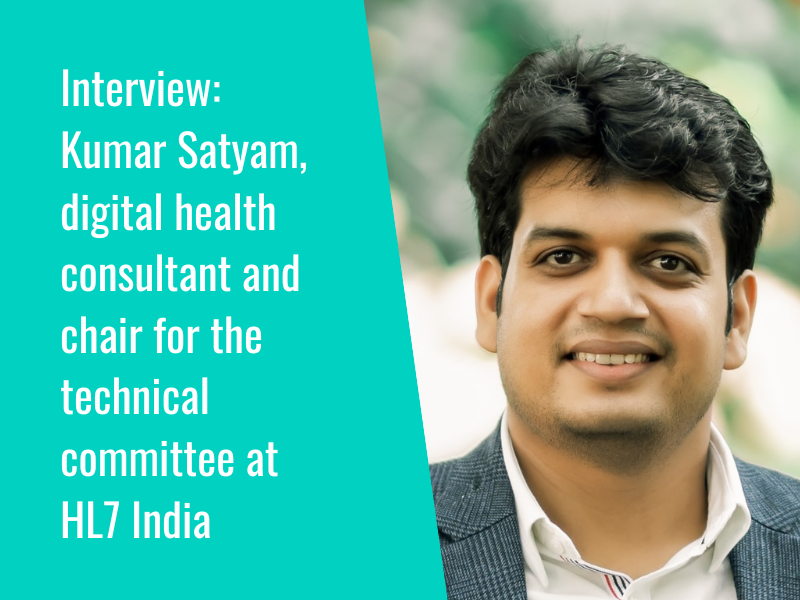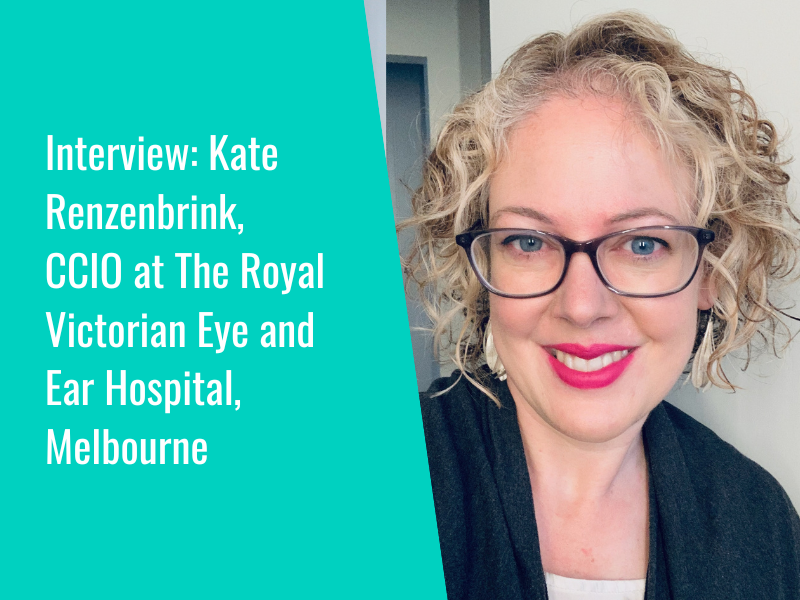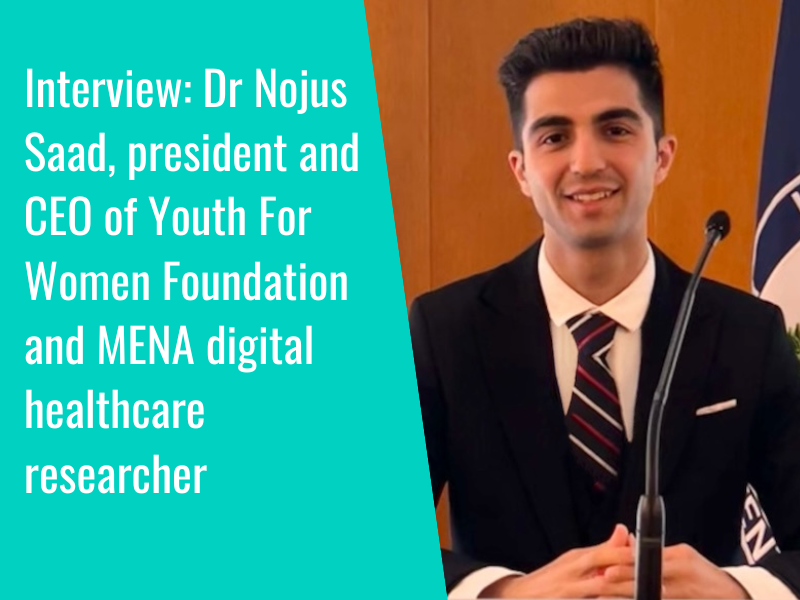Here, we take a deep dive into the state of digital in health in Saudi Arabia, looking specifically at progress toward the nation’s Vision 2030 for health, the newly-released National Biotechnology Strategy, the Saudi Genome Program, and the latest on wider digital transformation.
Vision 2030
Vision 2030 marks a national commitment to diversifying Saudi Arabia’s interests on an economic, social and cultural level. The Health Sector Transformation Program is an arm of this vision which focuses on improving access to healthcare, and modernising facilities and equipment, covering elements of digital transformation including telemedicine, data-driven treatment plans, digital solutions, and e-health services.
Objectives of Vision 2030 are improving access to healthcare services; enhancing value of healthcare services; strengthening prevention against health threats; and developing traffic safety. In line with these objectives, the program also looks to develop the digital economy; align educational outputs with labour market needs; and attract global talent. Targets include coverage for 88 percent of the population for inclusive health services, and having 100 percent of the population covered by the unified digital medical records system.
The e-health initiative looks to offer a flexible and personalised experience of health and care in Saudi Arabia, focusing on enhancing productivity by automating administrative tasks, better integrating healthcare systems across facilities, promoting the sharing of data, creating a “new knowledge industry” with a trained workforce to deal with the demands of e-health, and developing the Saudi Health Information Exchange as “an essential mechanism for the integration of digital capabilities across all sectors of the health system”.
Actions to be taken on workforce and education include using data to get a better understanding of professions required to deliver the modern care model, drafting a supply and demand strategy for labour needs, coordinating with academic institutions to secure market needs, and linking incentives and compensation to value-based care delivery for healthcare professionals.
In data and digitalisation, the program’s planned actions include developing unified electronic health records for all, promoting the use of e-health and virtual care models, furthering cybersecurity and health data protection, and advancing information systems and information technology infrastructure.
National Biotechnology Strategy and the Saudi Genome Program
Published in January of 2024, the National Biotechnology Strategy aims to position Saudi Arabia as the leading biotechnology hub in the MENA region by 2030, and globally by 2040. One of the key arms of the strategy focuses on genomics, and harnessing the power of genomics to further research, prevention, diagnosis, and advanced therapies. Three strategic actions identified for attaining this are the expansion of the national genomic database and analytics platform, the promotion of a regulatory environment which fosters innovation and facilitates access to data, and the exploration of the possibilities of precision medicine through integrating genomics.
Key enablers for advancing Saudi Arabia’s biotech sector include ensuring a “sustainable pool of skilled professionals”, implementing talent development programs and incentives, improving infrastructure including research and manufacturing facilities, maintaining international standards and regulations, cultivating a strong funding ecosystem for biotech, and “strategically assessing the optimal geographic spread of the biotechnology industry, maximising its potential impact and aligning it with national objectives”.
Under Vision 2030, the Saudi Genome Program’s objectives include allowing scientists and researchers to benefit from a genetic database, developing diagnostic and preventative tools, establishing genomics and bioinformatics infrastructure, and developing national genomic capabilities.
Research on progress toward Vision 2030
A study published in the SAGE journal of Science, Technology and Society last year looked at digital healthcare innovation and development in Saudi Arabia during and after COVID-19. Conducted as an exploratory case study, the article reviewed Saudi Ministry of Health websites and communications, as well as published articles, grey literature, and other local materials. Main findings were that the adoption of digital innovations is largely based on the ability to mobilise the country around specific areas of intervention, such as during the pandemic, when public health communication, health prioritisation, contact tracing and telehealth resulted in “transformation at a much faster rate than had been previously witnessed in the country”.
Authors pointed to changes in public health messaging and communication during the pandemic, highlighting the growth in the Ministry of Health’s Twitter following by 50 percent from June of 2020 to December of 2020 (from 3 million to 4.4 million), as well as use of the Ministry’s website, SMS, and WhatsApp to spread health information and education. Changes were also identified in the spread of contact tracing capabilities and the development of the Tabaud app to support government efforts to trace COVID-19 patients.
On telehealth, authors noted that the pandemic brought about a shift in priorities within clinics to see critically ill patients in person, whilst following up with other patients by phone. They also mark the emergence of new apps and the development of existing apps to facilitate the online booking of appointments, self-management, remote consultations, e-prescriptions, symptom checking and travel permits.
With these developments, findings from the study also highlighted an increase in need and appetite for innovation policy to help promote collaboration between private and public sectors, fostering trust and confidence through stakeholder participation, collecting evidence of need and impact, and managing appetite for change through education of the public and of professionals. During the pandemic, the Saudi Ministry of Health developed dashboards enabling the monitoring of spread and the virus’s impact. Authors consider how big data mining and AI “can be applied to the huge amount of data that have already been collected, to pre-empt other public health emergencies and to prioritise health services to where they are needed the most”. However, they highlight the need to strike a balance between embracing these opportunities and maintaining personal rights to privacy, noting that this will be “necessary for long-term success of any innovation and change initiative”.
Citation: Abdulaziz, A. A., Algosaibi, A. M., Alquhaibi, A. S., Alali, F. N., Almutawaa, M. S., Roomi, M. A., & Bhatti, Y. A. (2023). Digital Healthcare Innovation and Development in Saudi Arabia During and Beyond COVID-19. Science, Technology and Society, 28(3), 370-386. DOI: https://doi.org/10.1177/09717218231178229
Electronic health records
A study exploring knowledge and usage levels of electronic health records (EHRs) amongst healthcare providers in Saudi Arabia, has highlighted a high level of understanding and a high rate of uptake for EHRs in the country. Authors conducted a cross-sectional study with approval from the Ministry of Health, alongside an online survey of healthcare providers across governmental and private hospitals in thirteen provinces of Saudi Arabia.
A total of 521 participants completed the online survey, with findings from the survey showing that “knowledge level of EHR is high among healthcare providers in Saudi Arabia”; 82.5 percent of Saudi participants demonstrated an awareness of EHR , and 81.7 percent believed EHRs to be important. However, authors also found that only 51.6 percent of Saudi participants were attending training programs for using EHR. On usage, a majority of respondents believed that EHR is “highly used” for laboratory reports (87.5 percent), medication prescription (89.6 percent), follow-ups (89 percent), and hospitalisation (87.7 percent).
The study’s authors concluded that the findings from this research demonstrate “Saudi Arabia is paying a high attention to serve patients through EHRs”, and that “knowledge and usage levels of EHRs have been increased from the past years”. Also, authors noted that “the using of EHRs for patients’ services in hospitals have been increased including: laboratory reports, medication prescription, following up, and hospitalization”, but “there might be a little lack of participants’ skills of using EHRs because of the lack of attending training programs of EHRs”.
Citation: Raed Abdullah Alharbi, Adoption of electronic health records in Saudi Arabia hospitals: Knowledge and usage. Journal of King Saud University – Science, 35 (2), 2023. DOI: https://doi.org/10.1016/j.jksus.2022.102470.
Hospitals of the future
The Seha Virtual Hospital (SVH) is a Saudi Arabian programme aiming to enhance access, increase capacity, and support innovation. The Ministry of Health describes the hospital as “empowering the best health consultants and practitioners in micro and rare specialties using the latest medical technologies to provide the highest level of medical services to beneficiaries in all cities and governorates of the Kingdom”. SVH opened in 2022, and supports 130 hospitals across KSA, aiming to enhance virtual health care; achieve innovation in the health sector; develop resources and achieve sustainability; and achieve institutional excellence.
The hospital offers a variety of virtual services, including emergency and critical consultations; supportive medical services for rays, pathology and pharmacy services; and home care services including home hospital and virtual monitoring of heart failure patients. Virtual multi-disciplinary committees are available for teams working in heart, diabetes and psychology, enabling consultants and experts from multiple sub-specialities to meet and review cases transferred from various health facilities. There are also a number of specialised clinics available for patients in blood disease, psychiatry, kidney disease, endocrinology and diabetes, genetic and metabolic diseases, geriatric diseases, medical rehabilitation and heart disease.
The Ministry of Health shares how SVH utilises artificial intelligence to prioritise examinations that require urgent medical intervention. Medical imaging algorithms are conducted on cases such as strokes, CT scans and chest x-rays, which the Ministry says “makes the accuracy of diagnosing the target diseases up to 95 percent”.
Augmented reality is also used alongside direct transmission of surgeries, with the aim of advising the surgeon during surgery and transferring knowledge and experience through an electronic platform. The Ministry of Health states that this technology has “increased the quality of services provided and reduced the proportion of medical referrals between regions”.
The Ministry also draws attention to SVH’s use of Internet of Things technology, to enable staff at SVH to remotely monitor patients, check for any issues with vital signs, and enable an immediate alert to be sent to medical staff in the event of negative readings.
In related news, we took a deep dive into digital health and transformation in South Africa, highlighting EHRs, priorities, progress, and research.
- 1
- 2
















